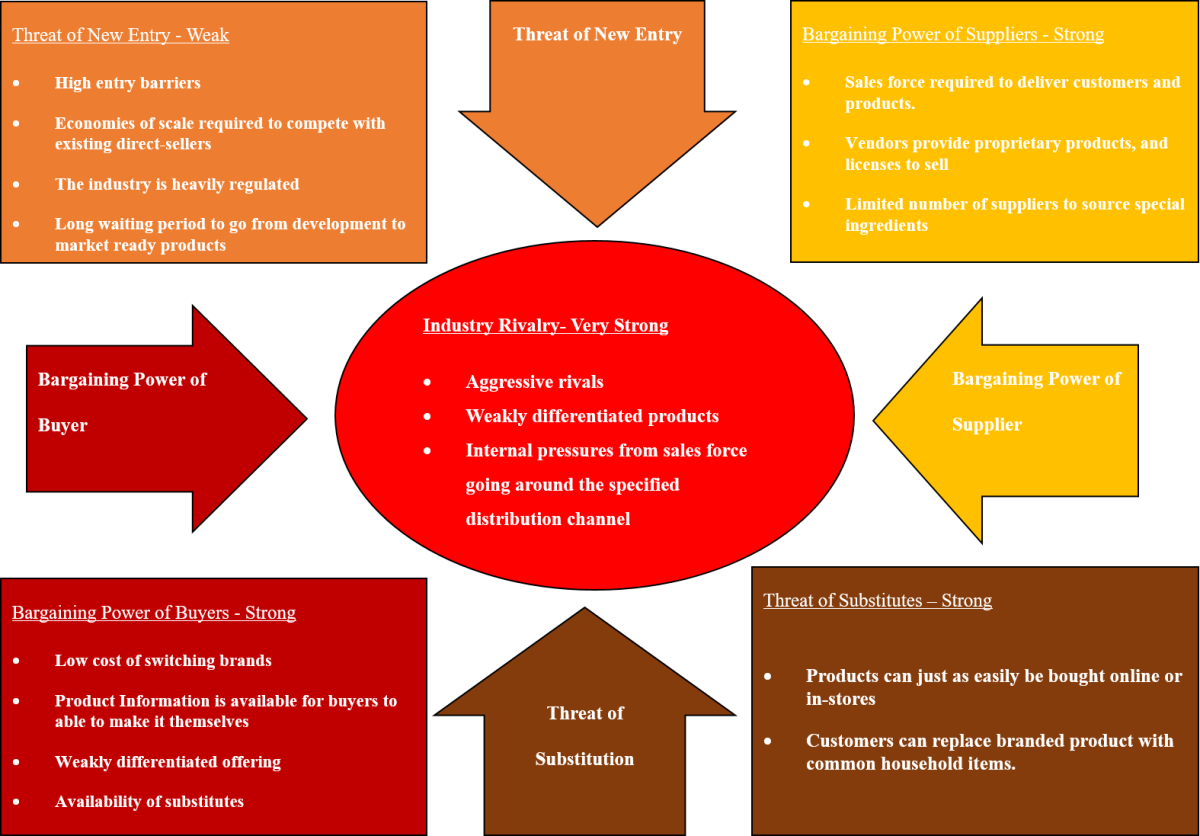What do you mean by Brainstorming?
Brainstorming

Benefits of Brainstorming
Some of the benefits provided by a Brainstorming session are as follows:
- Encourages participation by all involved in the project.
- Allows participants to “piggyback” on one another’s ideas.
- Many inovative and fresh ideas can be generated in a short period of time.
- The results typically indicate a number of possible solutions to a problem that exists.
- Encourages out-of-the-box thinking.
All you need to know about Brainstorming
Meaning: Brainstorming usually means spending a short amount of time, in a room where everyone involved in the project is allowed to suggest whatever they feel is important to the project. Brainstorming is a process of gathering ideas and finding out which are the best, most unique and profitable to the project.
Brainstorming is also a technique used for finding solutions to complex problems by getting multiple perspectives from other people.
How a Brainstorming Session Works
The information and ideas generated are typically very raw and informal. Ideas are expressed to a facilitator, who writes them down on notes, and sticks these notes on a board or just writes them down directly on a board.
Usually the individuals taking part in a brainstorming are made to stand and not sit down and relax like in a usual meeting. This is cause a brainstorming session is supposed to be a quick meeting where ideas are thrown around and noted down for discussion at a later time.
Similar ideas are then combined and outrageous ideas are eliminated.
Some ideas may even be kept for another brainstorming session if it is felt that they need more development. The remaining notes (ideas) are then moved around and organized in a way that makes sense.
The general rules for a brainstorming session are as follows:
- State the objective of the brainstorming session at the start: The objective of the brainstorming session should be clearly stated before the start of the session. A brainstorming session is usually a short session of 15 mins, so you can't afford to waste time talking about random and unnecessary stuff.
- Let everyone's imagination run free: Let everyone think freely, even the silliest of ideas may actually end up being the best solution to a complex problem. Remember sometimes there are simple solutions to the most complex problems, all it takes is a new and fresh perspective to find it.
- Generate as many ideas as possible: Quantity should be focused on. The more the amount of ideas generated, the more the chances of finding a qualitative solution.
- Withhold Criticism: Do not allow criticism or debates during this time. By doing so, people will free to come up with unusual and unique ideas.
Brainstorming
Has brainstorming ever helped you overcome a problem, either as an individual or in your company or for a project?
Analyzing the Ideas Generated during a Brainstorming Session
The main goal here is to analyze all the ideas that have been generated during the Brainstorming session and identify which are qualitative, acceptable and usable.
This can be done with the help of the following methods:
- Pruning
- Grouping Ideas
- Feature Definition
- Prioritization
Pruning
- The main aim of pruning is to eliminate, discard or cut off (“prune”) the ideas suggested during the brainstorming session that are outrageous and not worthy of any further discussion.
- The facilitator (person in charge of the brainstorming session) goes through all the ideas one at a time asking for validation from the group whether the idea has any potential or not.
- When everyone agrees that an idea has no potential or is unworthy, it is removed and discarded.
- If there is even the slightest disagreement about discarding the idea,then it stays.
Feature Definition
- A short description or explanation of every idea is given by the person who suggested and came up with it.
- This helps in making sure that all the other individuals present understand what a particular idea really means so no misinterpretation takes place.
- The facilitator (person incharge of the brainstorming session) walks through all the ideas that have not been pruned (discarded) and asks the submitter for a one line description his or hers idea.
- This process may also result in changes to way the ideas have been grouped.
An identifier (e.g. a number) is usually used to associate each idea. - Then instead of re writing or arranging the notes under each group, a number representing each idea can be used instead.
Grouping Ideas
Grouping and sorting similar ideas together can be really usefully and helpful in understanding where you stand.
The ideas brought up during the brainstorming session may be grouped into categories such as given below:
These categories are for an example of a eCommerce company.
- New features
- Performance and Maintenance issues
- Safety and security issues
- Etc.
They can also be grouped and categorized depending on the capabilities of the system :
- Customer service
- Sales and Marketing
- Billing
- Logistics
- Etc
Feedback
If you have any suggestions or questions about brainstorming that need answering, please leave a comment below and I'll get back to you asap.
Prioritization
Once the ideas have been grouped appropriately, these ideas should then be prioritized since it is unlikely that all of the ideas generated through the brainstorming session can be implemented immediately.
The ideas need to be prioritized appropriately. This can be done by every individual present writing down a number from 1-5, with 1 giving the highest importance to an idea and 5 the lowest.
Once this is done, the ideas with the highest priority can be implemented immediately and the remaining can be done slowly in future iterations as per their priority number.
© 2013 Paiva








